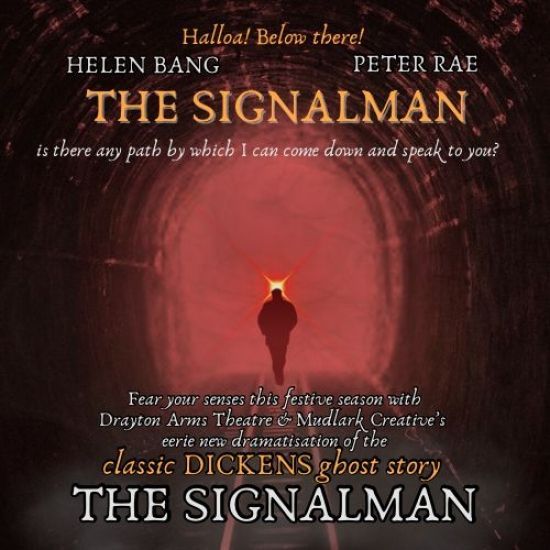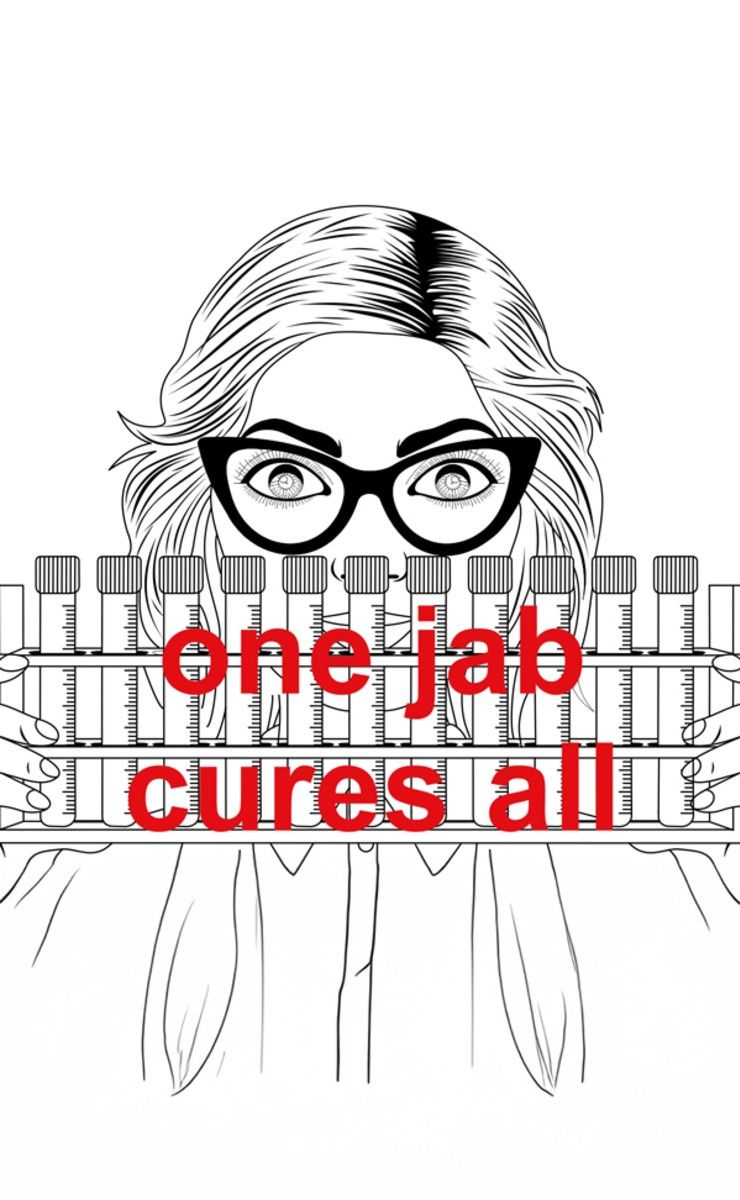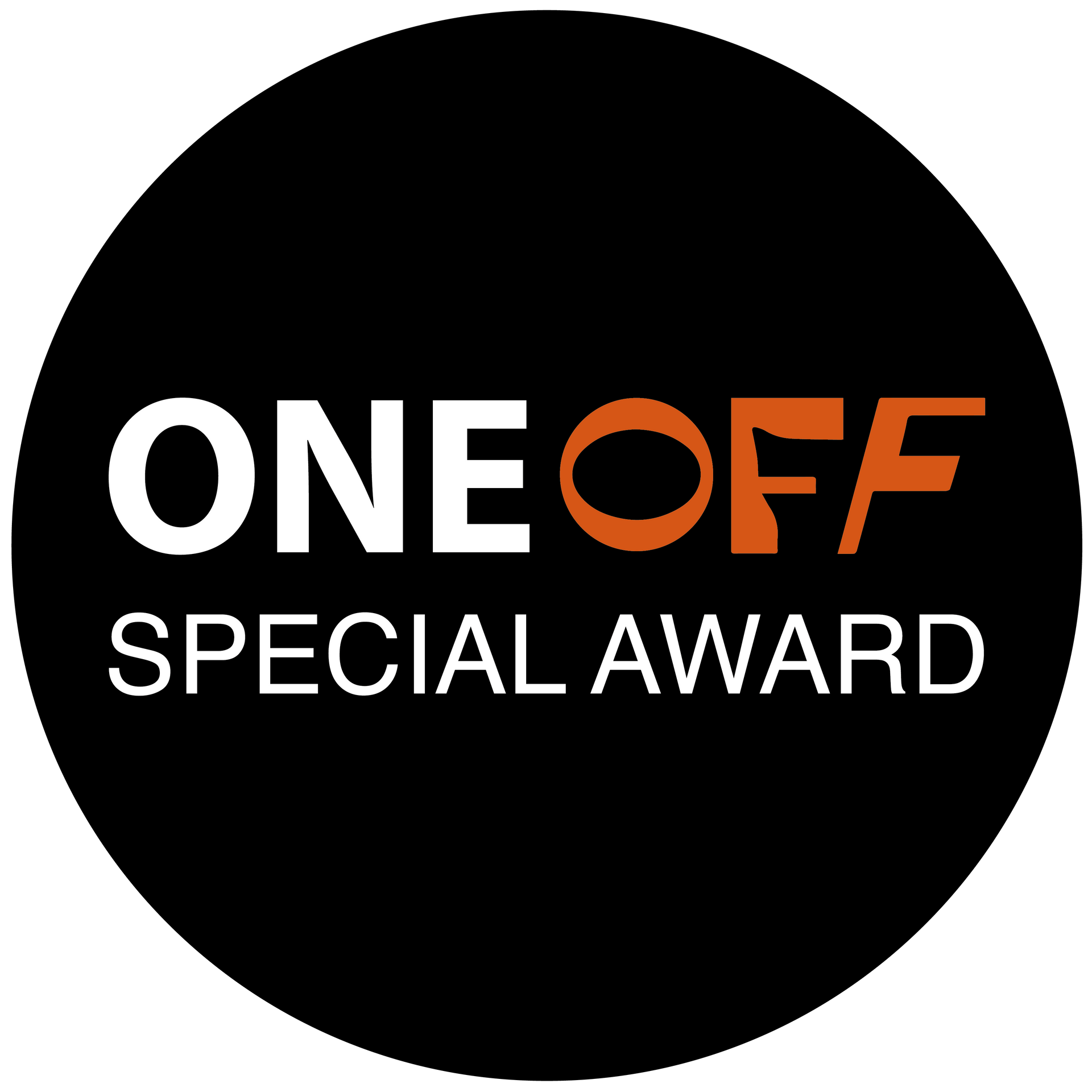Review: NO PARTICULAR ORDER by Joel Tan at Theatre503 8th June - 18th June 2022

‘Joel Tan explores violence, freedom, and the power of art to confront grief’ ★★★
I am currently teaching the poetry collection North to my A-Level English students, Seamus Heaney’s navigation of The Troubles. It is also an introspective look at Heaney’s own ability to stop the conflict, how an artist can maintain their voice amidst a maelstrom of violence, mistrust, and collective grief. Joel Tan’s ‘No Particular Order’ explores similar themes: his play takes us into a world where a despot has come to power, individuals and small groups struggle to survive, flee from warzones, or prepare for protests and riots, and respond to conflict and oppression through various artforms. These themes are sadly familiar to us - they used to be in history lessons, are now much closer in Ukraine, and right here in front of us in Theatre503’s wonderfully confined space.
Tan utilises a series of short scenes, 18 in all, all with different characters, though somewhat confusingly played by the same four actors with little by way of costume or voice change until the play’s midway point, which takes us 30 years into the future. In the first half, we witness characters in the midst of an unknown turmoil: protestors, a husband and wife about to abandon their home, soldiers flirting, soldiers mercy-killing wounded civilians. The opening scene is perhaps the most striking: exterminators brought in to kill thousands of birds, nesting above the path of a ‘Victory Parade’, which ends with a cascade of feathers falling upon the stage: Tan introduces a theme of stifled freedom and unnecessary suffering from the get go.
Some of these scenes were more uneven: it wasn’t until about the fifth scene, a lonely man essentially monologuing to a supermarket worker, that I felt a real sense of theatricality: the man desperate to be listened to, the worker desperate for him to leave. In a scene depicting two soldiers flirting, the male soldier’s advances are spurned, leading to the simple yet brilliant line “I’m sad”. The timing of this showed that Tan does have the power to write scenes where the mood shifts and changes. It shifted the direction of the scene, where the previous few had felt rather static, now allowing us the chance to get to grips with these characters and their plight.
This is also demonstrated in the superior second half: Here, Tan interestingly explores how the arts are used to come to terms with a widely felt grief. This was introduced in Part 1, with a discussion of how a piece of rubble from a ruined building became an art installation in a gallery, but is continued here with an argument in a fashion house about changing clothing styles away from black, to include brighter colours and floral patterns: the younger generation tries to convince the old to forget and move on. In another scene, an artist’s mentor debates with their younger protege about the extent to which their latest exhibition can really get to the heart of the matter, the suffering endured by so many. The conflict is over, supposedly, but the pain and mistrust still run deep.
Later, a school principal warns a teacher about teaching problematic poetry, threatening him with exposure as being dangerous, subversive. The principal’s warning at the very end of this scene, revealing the teacher’s relationship with the poet and the dangerous implications of this, heighten the tension suddenly. Earlier scenes could have benefitted from similar turnarounds or escalations. The later scenes provide a more oblique commentary, rather than the more direct depictions of pain, discomfort, or unhappiness from the first half. The costume changes also successfully highlight this change, from muted greys and browns to whites, blues, pinks. The final section, now 300 years in the future, is suggestive of the endless cycle of violence and mistrust that human beings might inflict on each other, tied to the beginning with the falling feathers.
The final poem in North is ‘Exposure’; Heaney “sit[s] weighing and weighing” as he ponders his decisions, the impact of his poems compared to political rhetoric, bombs, executions. I ask my students to consider if he is undermining his whole collection by throwing doubt on the effectiveness of his own writing. A piece of art which gets its audience to question the ability of art to provide catharsis, places itself in a risky place. Is Tan’s play up to the job of confronting the violence we are living through now? Due to its many (heartbreakingly) recognisable scenes, the answer is: yes, just about. Despite scenes which felt like they ended too early, or were too familiar, the play feels relevant and carries a deal of emotional weight.
Photography: Lidia Crisafulli
Images: Daniel York Loh
Pia Laborde-Noguez
NO PARTICULAR ORDER by Joel Tan
Theatre503
8th June - 18th June 2022
ENSEMBLE CAST
Daniel York Loh
Pandora Colin
Jules Chan
Pía Laborde-Noguez
CREATIVE TEAM:
Presented by Ellandar Productions and Theatre503
Directed by: Joshua Roche
Set and costume: Ingrid Hu
Producers: Iskandar إسكندر R. bin Sharazuddin and Mingyu Lin 林銘宇
Reviewed by Jonny Kemp
Jonny just about finds time to write and paint when he's not being an English teacher at a central London 6th form. He completed a module in playwriting as part of his MA Modern and Contemporary Fiction at the University of Westminster, and was shortlisted for the WRaP 2020 playwriting competition from the London Playwrights Blog. He loves pubs and theatres, so pub theatres are a dream come true.





